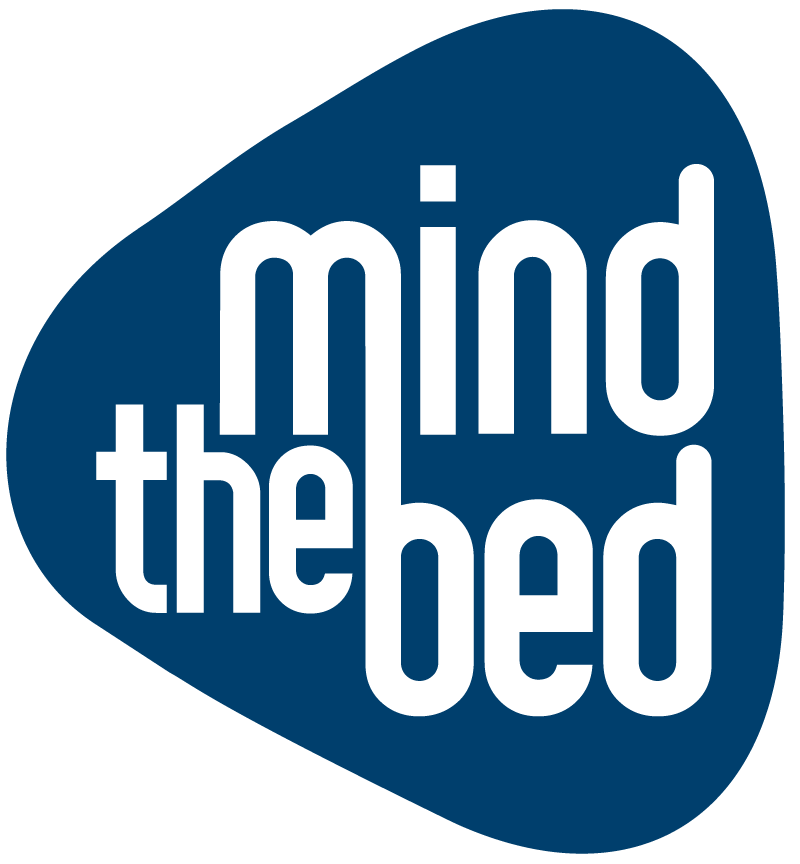What is light therapy and can it improve your sleep quality? It might surprise you, but how much sunlight you receive during the day can affect your sleep. In this article, we explain how.
Light and dark
Did you know that on a sunny day you get about 100,000 lux of brightness? Wonderful for your body because all that sunlight stimulates the production of vitamin D, endorphins or happiness hormones. Endorphins allow your body to de-stress and energize the immune system and our muscles. The proportion of serotonin increases in our bodies the more we are exposed to natural sunlight. This hormone creates action in your body and has an inextricable impact on your mood. The sleep hormone melatonin dissipates faster, so you often feel fitter.
That’s why it’s best to walk in the sun with your face and hands every day. Yep, your hands appear to contain important receptors, so don’t be too quick to put them in a glove when it’s colder. Can you choose? Then go out in the morning because research at the University of Groningen shows that the earlier you get sunlight in the morning, the easier you fall asleep when evening comes. And when you go out, choose nature. Did you already know that research shows that your heart rate, blood pressure and muscle tension drop within as little as three minutes in a natural environment?
During dark winter days, sunny days are unfortunately not as common the further north you live in Europe. So could you possibly look for artificial light and maybe benefit from light therapy?

Light as a ‘zeitgeber’ for your sleep
Light is considered a so-called “zeitgeber” or internal alarm clock that triggers melatonin production in our bodies. Our biological clock is synchronized, so to speak, and this drastically reduces the production of melatonin during the day. This is why its impact on circadian rhythms is so enormously valuable. Danish physician Niels Finssen also discovered this. He was one of the founders of light therapy. He founded his own “Finssen Light Institute” in Copenhagen and received the Nobel Prize in Medicine in 1903 for his work with light therapy (Swanenburg, 1946).
Unfortunately, the focus on light therapy disappeared in recent years. The development of antibiotics and the shift in attention in psychiatry to other treatments for depression may have contributed to this.

Light therapy as a solution in dark days: does it work?
Since the 1980s, light therapy has re-emerged in the treatment of people experiencing winter depression.
French researchers at the University Hospital of Strasbourg in 2019 compared the effects of antidepressants with the effects of light therapy in people with seasonal depression. They showed that there was no difference in effect between the two treatments. Of course, there is a big difference between the two treatments, as the possible side effects of light therapy are negligible as opposed to … no need to say more.
How can you do light therapy?
Nowadays, you can purchase light glasses or daylight lamps to shine light during dark days. Experimentally, I can say it helps for me. Do handle it wisely. For example, choose the right time of day (best in the morning) and the correct length of time to use the glasses or daylight lamp. According to science, they are useful tools for people prone to seasonal depression.
However, my personal experience may not apply to you. Therefore, always consult a doctor or a true sleep specialist. He or she can investigate whether light therapy may be useful for you.
- With a daylight lamp, you can easily do light therapy.
- Use the lamp for 20 to 30 minutes a day.
- The best time to use the lamp is early in the morning.
- Do not use the lamp after the sun has set.
Seeing more light without light glasses or daylight lamp is also a good option. Just making sure you have much better lighting inside can make a world of difference, and moving your favorite seat closer to the windows will also help. Just make sure that starting about 2 to 3 hours before you go to sleep, the light is already sensitively dimmed. Otherwise you will disrupt your biorhythm.
Natural light therapy
And remember that a brisk walk during the day, even if it is cloudy, often has much more brightness than artificial light on your eyes. The exercise, fresh air and beautiful views, you get those for free. In short: when the sun shines, life is just more fun!
Do you have trouble sleeping? Perhaps these will help tips:

Conclusion
Light therapy can be a natural way to enjoy better sleep. You can do light therapy through artificial sunlight or simply walking during the day. With sunlight, you stimulate your body’s natural sleep rhythm.
Does light therapy work for your sleep: frequently asked questions
Is het goed om met licht aan te slapen?
Your sleep quality will deteriorate if you sleep with the light on. Darkening your bedroom is a good idea because it makes you produce melatonin and induces your natural sleep rhythm.
Op welk tijdstip doe je best lichttherapie?
Having trouble getting up? Then do light therapy early in the morning. This is how you signal to your body that the day has begun. For melatonin production, you can use light therapy at any time during the day.
Hoelang per dag is lichttherapie goed?
Do you use artificial light therapy? Then do this for about 30 minutes a day. Natural light therapy is done by taking a walk in the sunlight during the day. Preferably in the morning.

